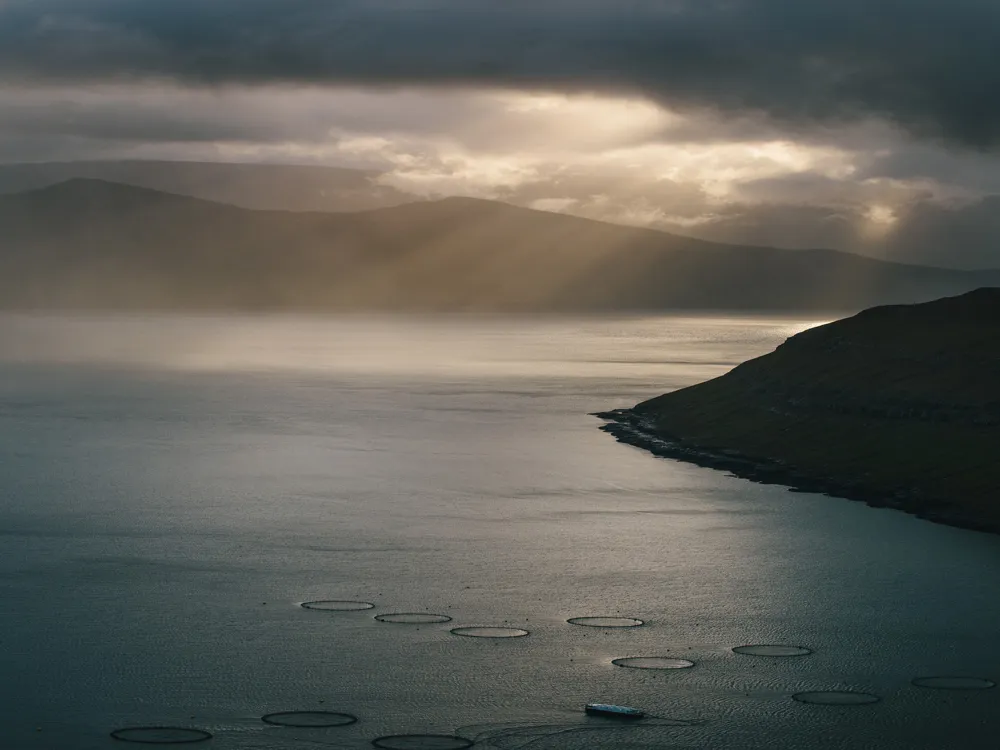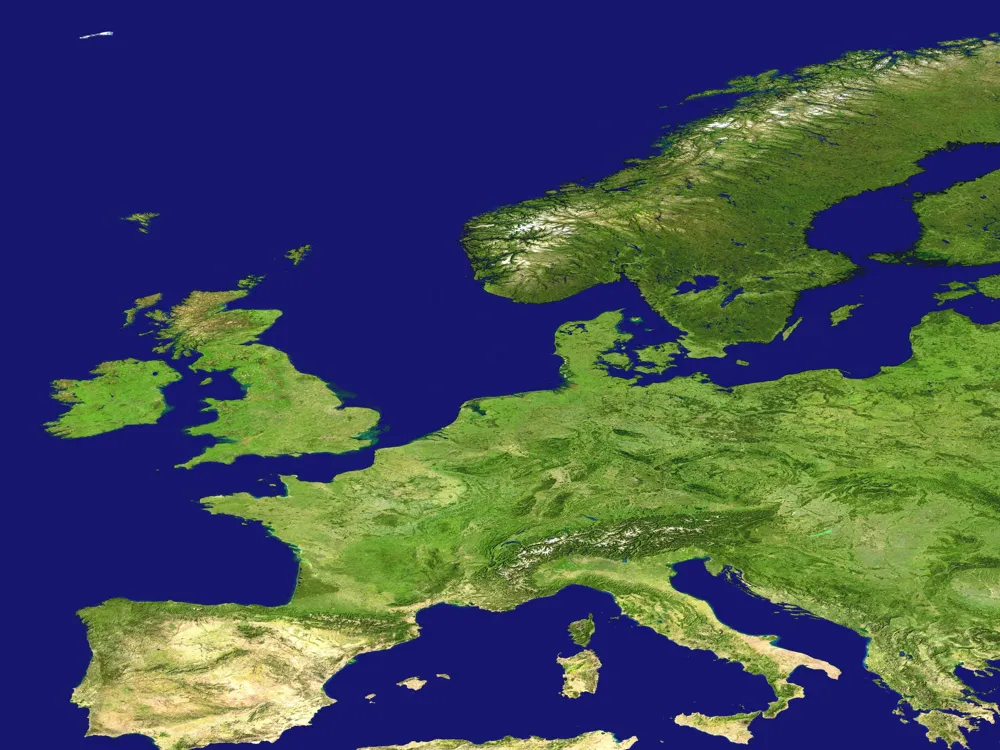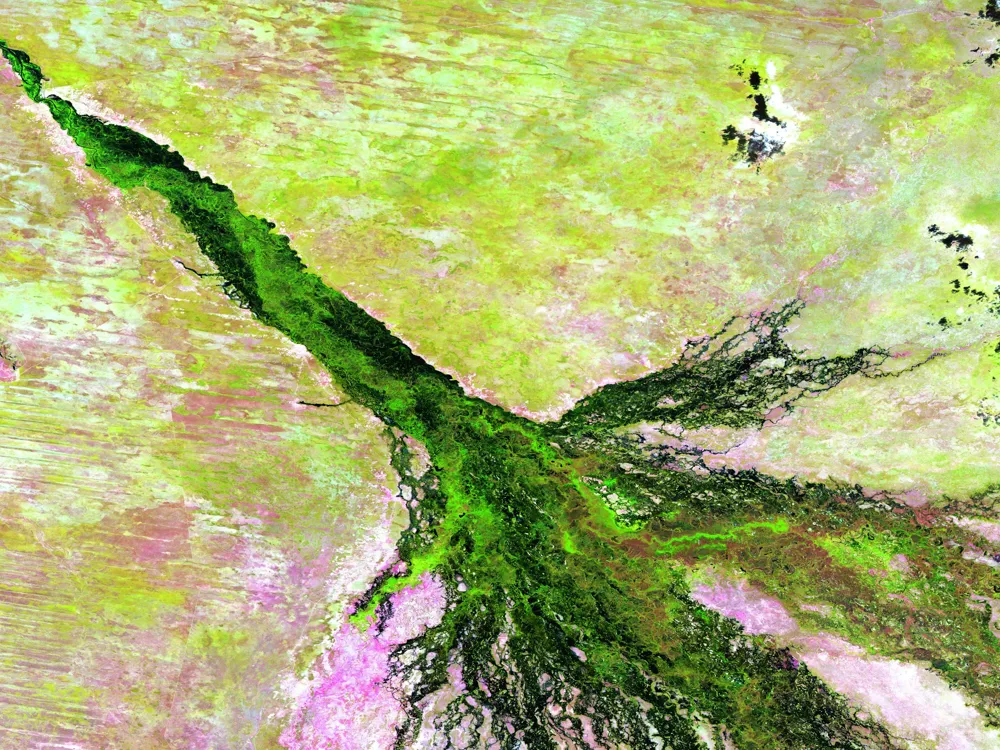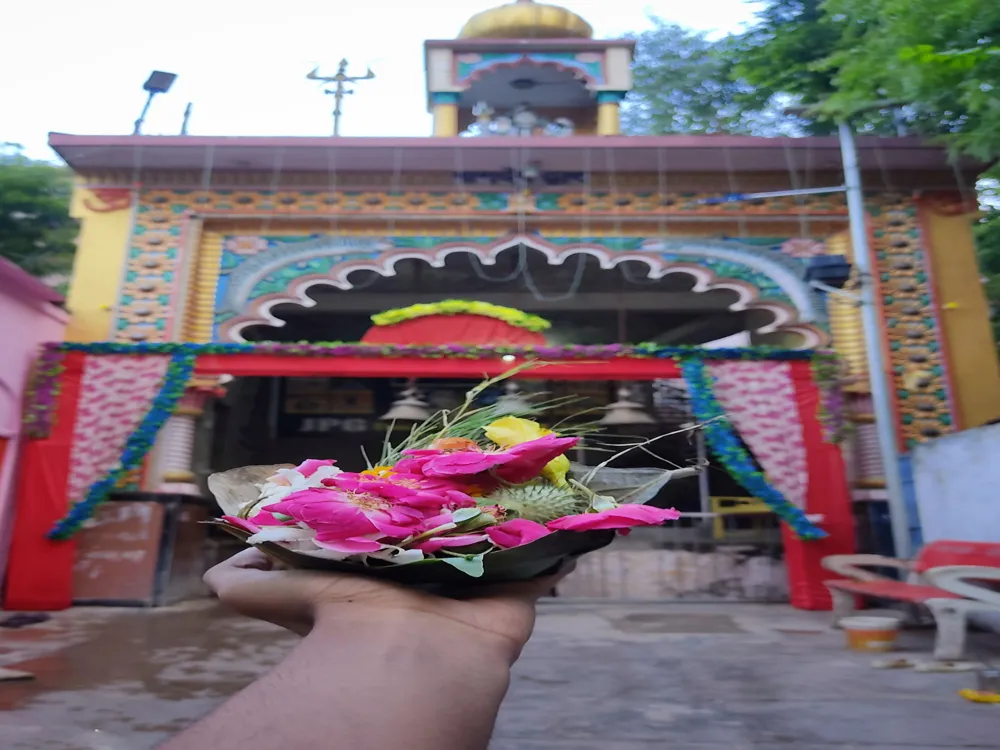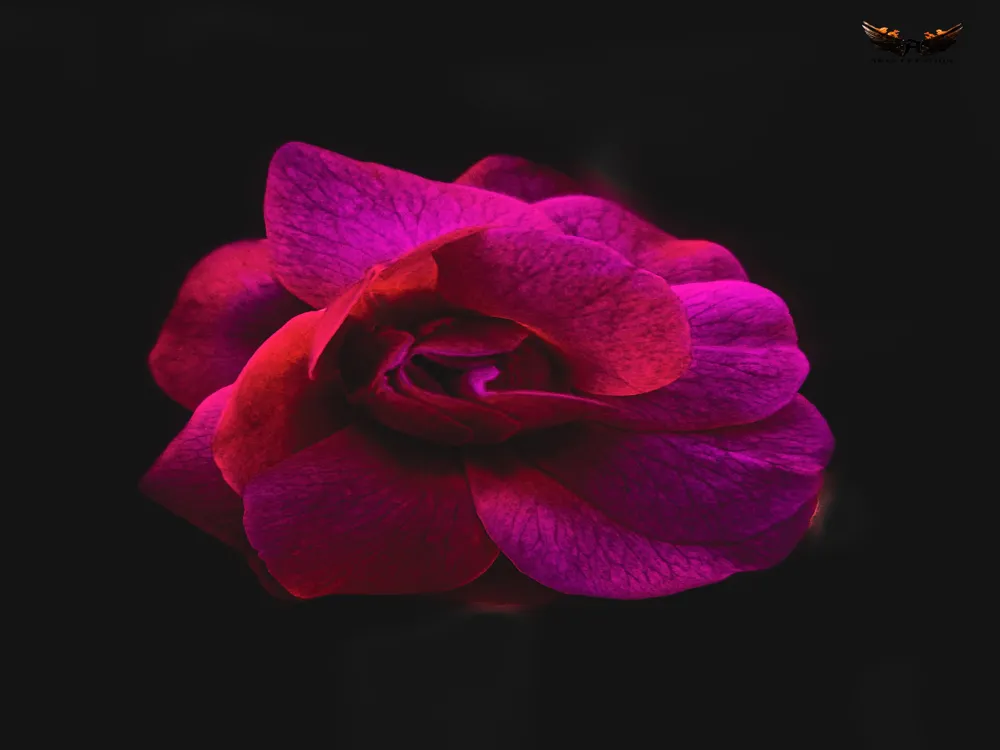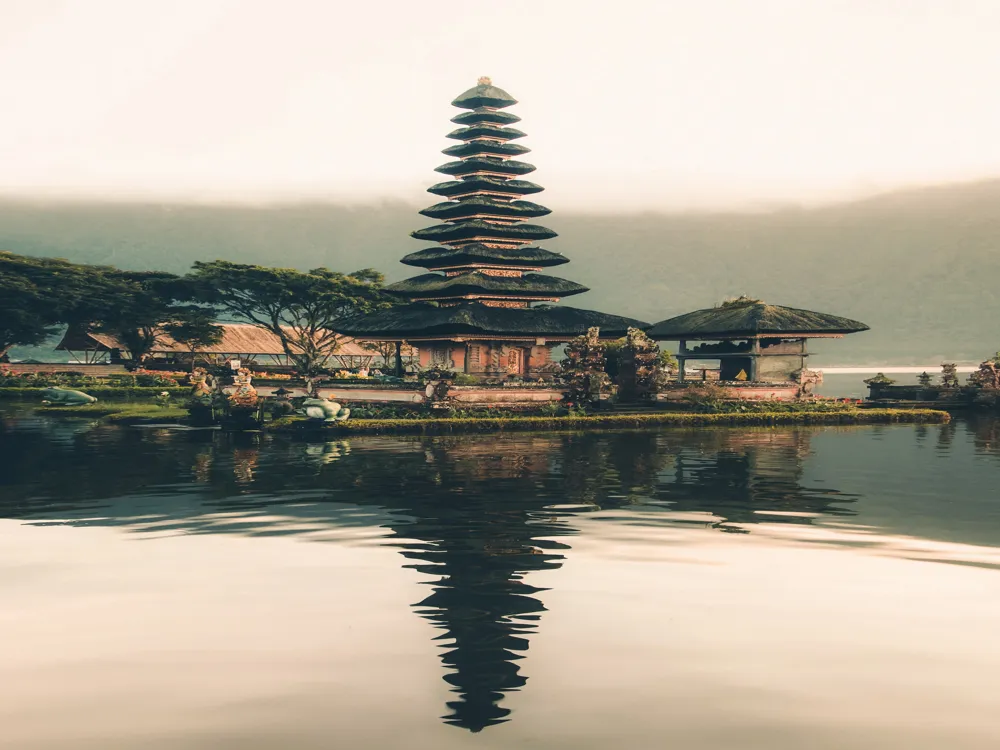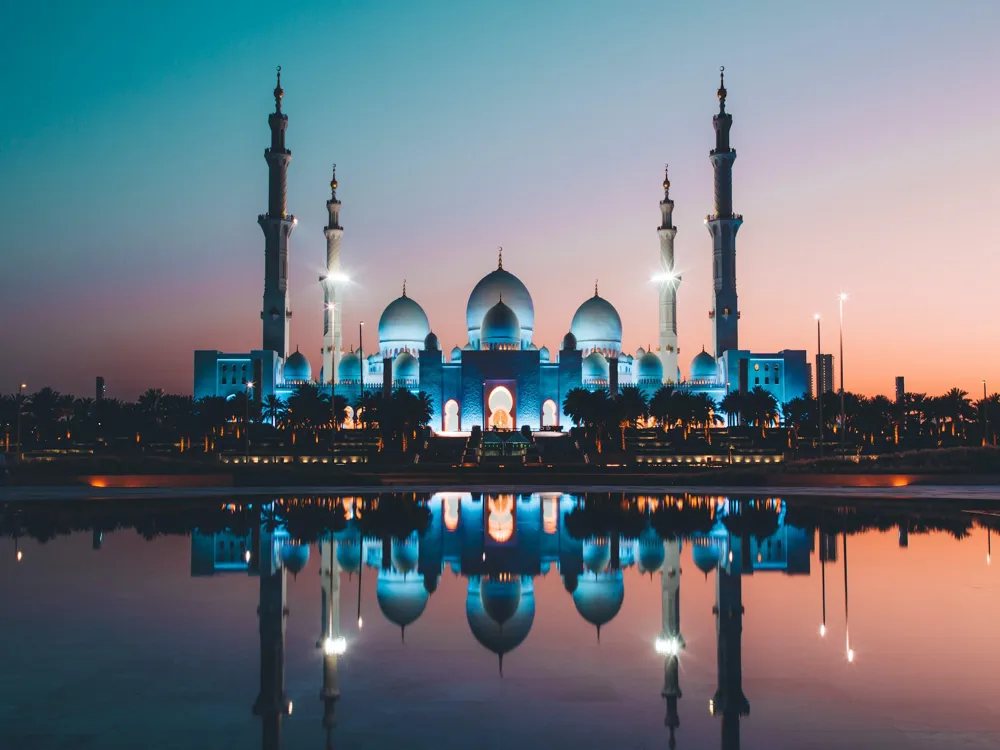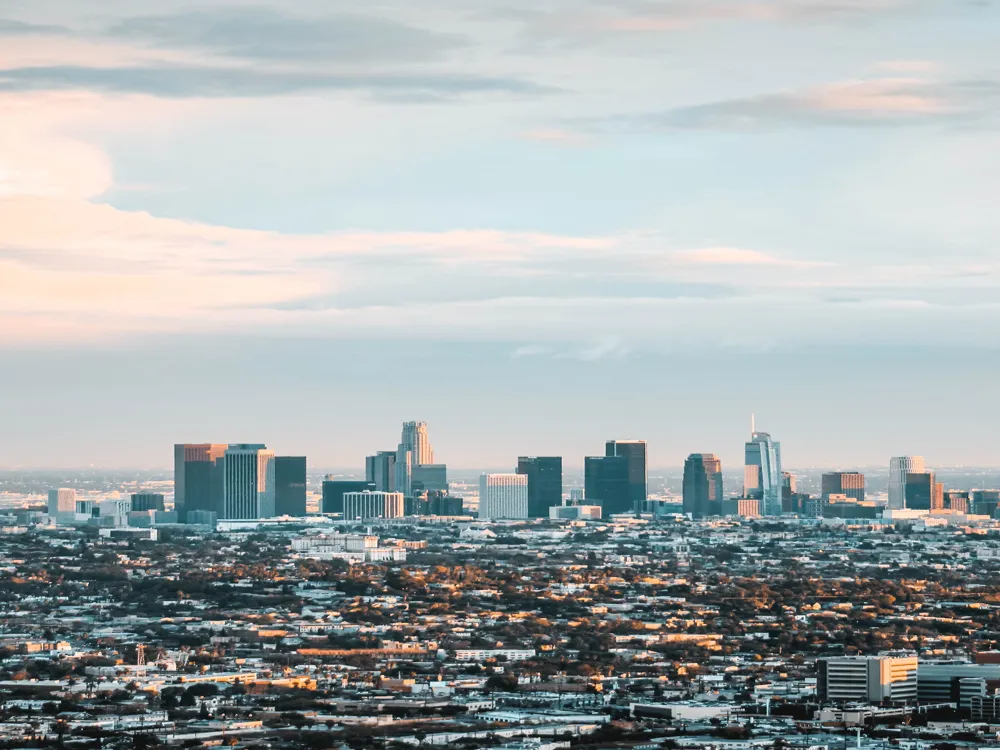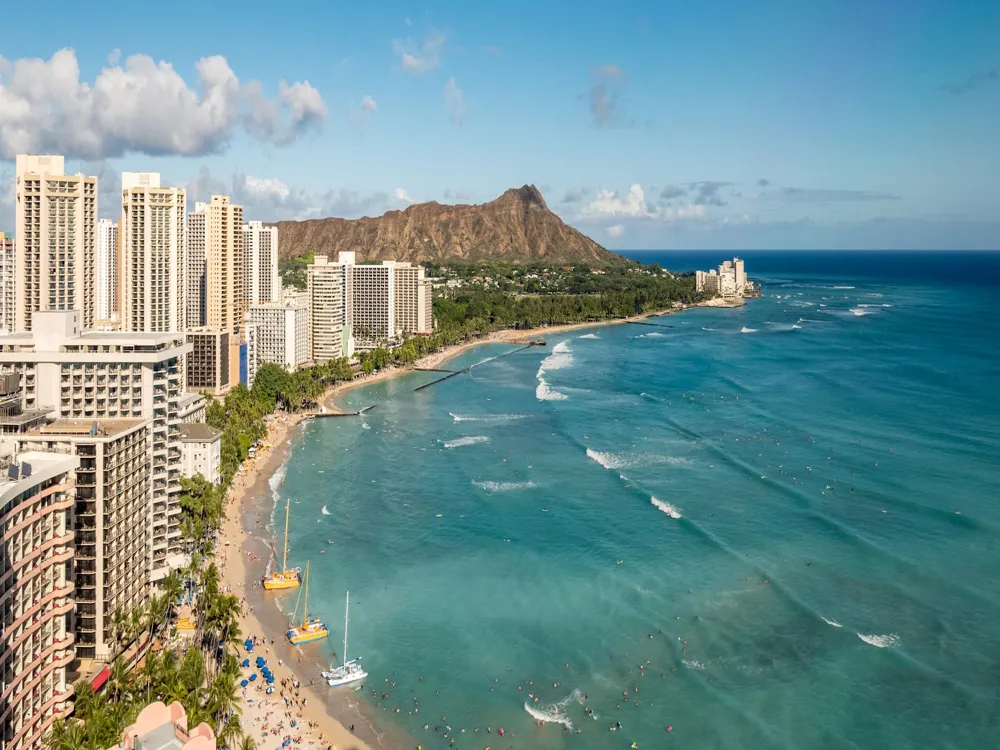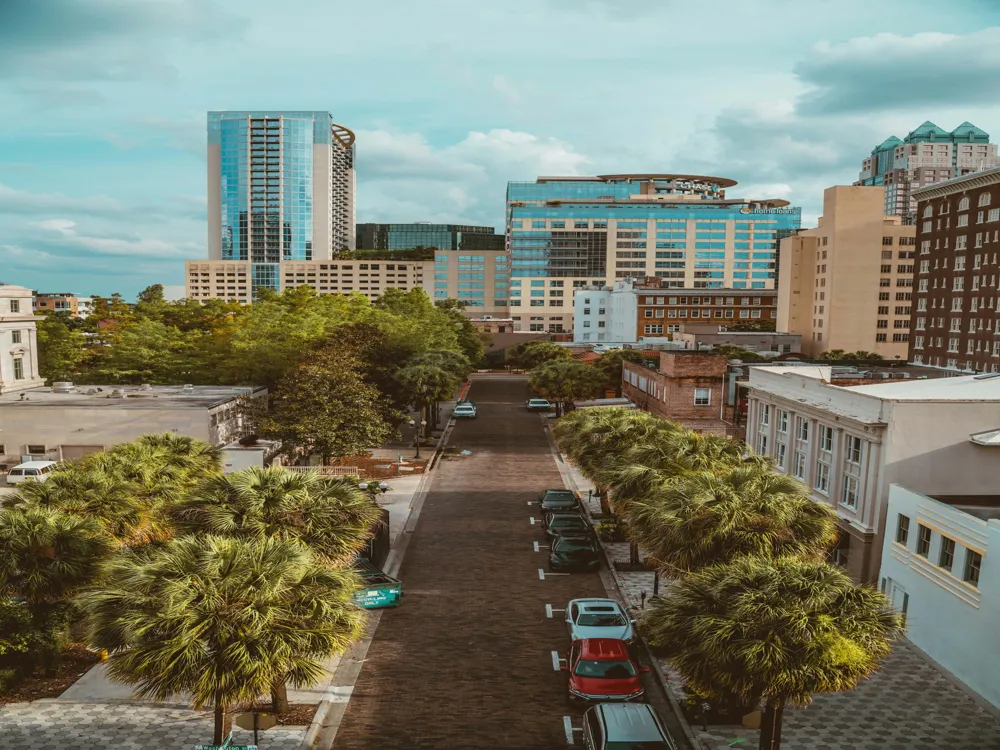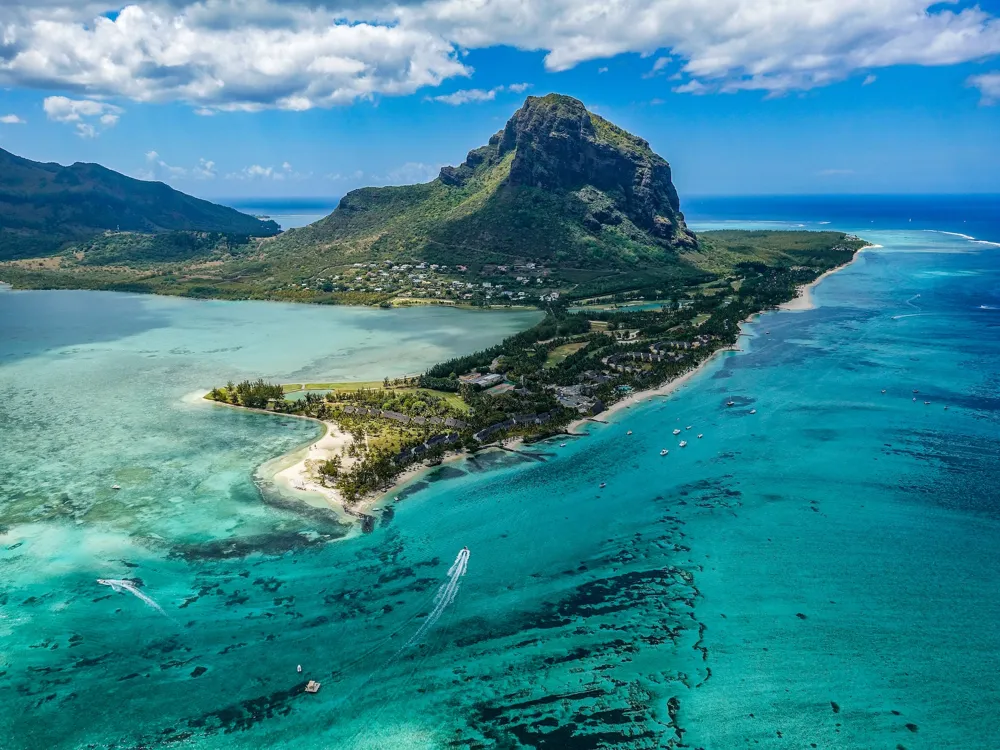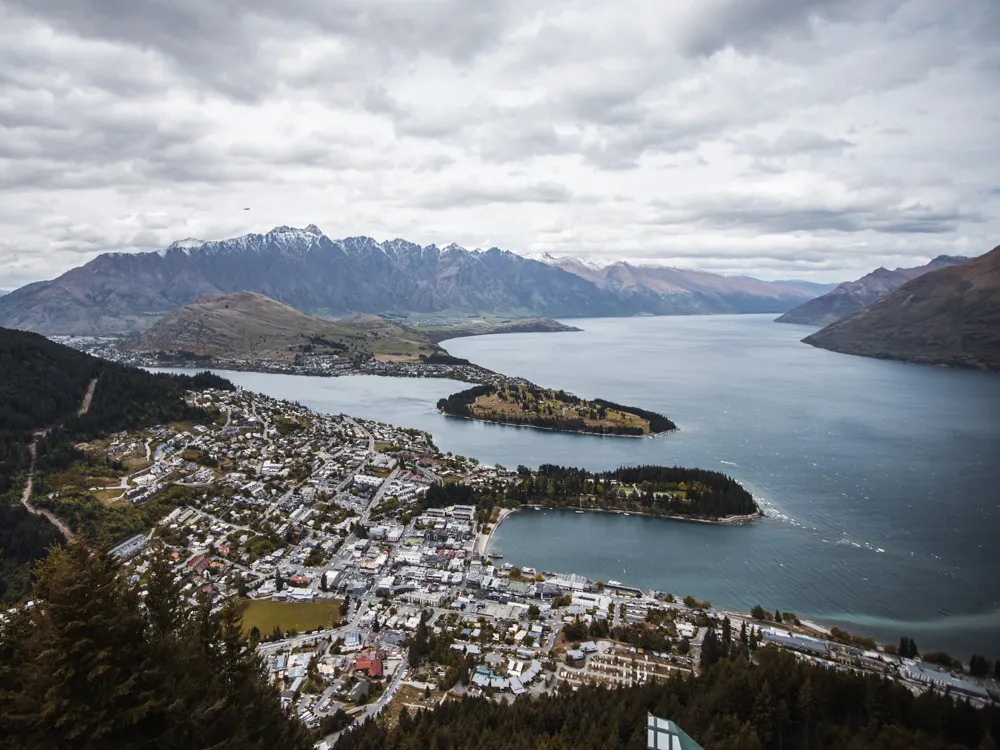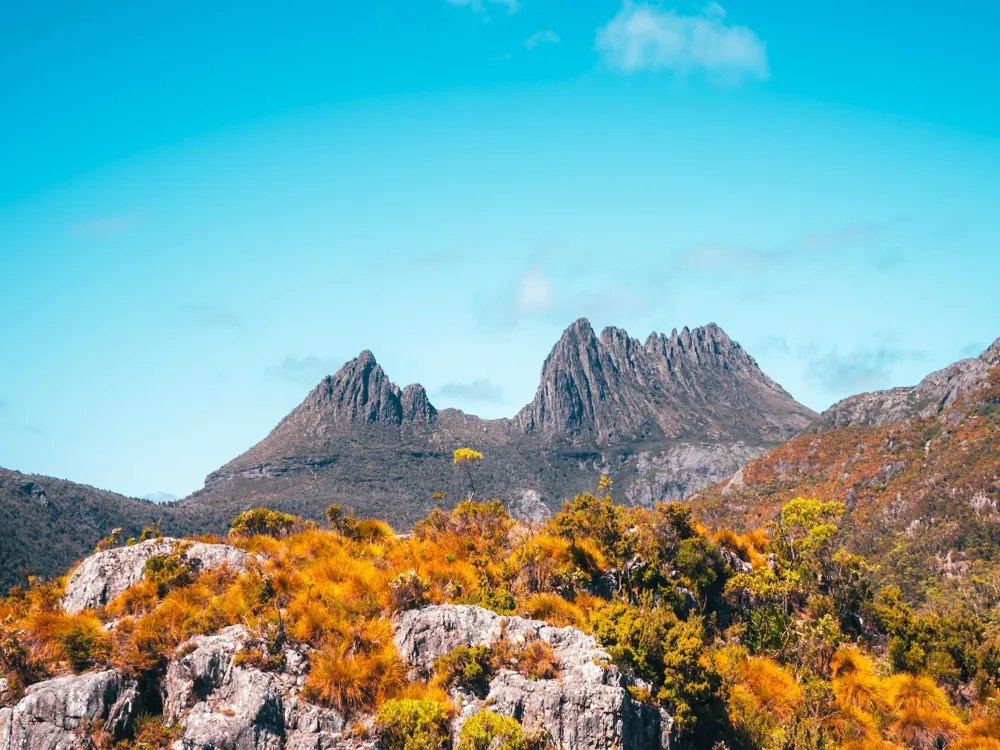Best Time to Visit Banda Islands
Indonesia
40 out of 41 Places to visit in IndonesiaNaN onwards View Packages
Get Customized PackagesThe Land of Diversity
Top Hotel Collections

Private Pool

Luxury Hotels

5-Star Hotels

Pet Friendly
What is the Best Time to Visit BANDA ISLANDS?
Planning a trip to Banda Islands? Choosing the right time to visit can make or break your experience. Here's a comprehensive guide to help you navigate the optimal times for your Banda Islands adventure.
More about the Best Time to Travel to BANDA ISLANDS
Banda Islands, nestled in the heart of Indonesia, offer a tropical paradise with diverse experiences. Understanding the seasons is crucial to ensure you make the most of your visit.
Travel Peak Season in BANDA ISLANDS
The peak season in Banda Islands spans from April to October. During these months, the islands boast warm temperatures and minimal rainfall, creating ideal conditions for outdoor activities. The vibrant marine life is also at its peak, making it a haven for snorkelers and divers.
Travel Offseason in BANDA ISLANDS
For those seeking a more serene experience, the offseason, from November to March, presents a unique charm. While occasional rain showers are expected, the islands are less crowded, allowing you to enjoy the natural beauty without the hustle and bustle.
Banda Islands Travel Packages
View All Packages For Banda Islands
BANDA ISLANDS Weather in Winter (November – February)
BANDA ISLANDS Weather in November
November marks the transition from the peak season to the offseason. The weather is relatively cooler, with occasional rainfall. It's an excellent time for budget travelers looking to explore the islands with fewer tourists around.
BANDA ISLANDS Weather in December
December brings cooler temperatures, making it an attractive option for those seeking a more relaxed atmosphere. The occasional rain showers add a refreshing touch to the lush landscapes.
BANDA ISLANDS Weather in January
January continues the cool weather trend, making it an ideal time for cultural exploration. Embrace the local festivities and traditions as you experience the authentic Banda Islands.
BANDA ISLANDS Weather in February
February marks the tail end of the offseason. The weather starts to warm up, signaling the approaching peak season. It's a great time for early birds looking to avoid the crowds that come with the later months.
BANDA ISLANDS Weather in Summers (March to June)
BANDA ISLANDS Weather in March
March ushers in the official start of the peak season. The temperatures rise, creating perfect conditions for beach lovers and water enthusiasts. It's an excellent time for vibrant underwater explorations.
BANDA ISLANDS Weather in April
April offers the epitome of tropical perfection. Clear skies, warm temperatures, and crystal-clear waters set the stage for an unforgettable island adventure. Make sure to plan well in advance, as this is a popular time for tourists.
BANDA ISLANDS Weather in May
May continues the trend of idyllic weather. The islands are in full bloom, and outdoor activities are at their prime. From hiking to water sports, May caters to all kinds of adventure seekers.
BANDA ISLANDS Weather in June
June marks the end of the peak season. While the temperatures remain inviting, the crowds start to thin out, offering a more intimate experience of the Banda Islands.
BANDA ISLANDS Weather in Monsoon (July – October)
BANDA ISLANDS Weather in July
July kicks off the monsoon season in Banda Islands. While rain showers become more frequent, the lush landscapes come alive. For nature enthusiasts, this is an opportune time to witness the islands' flora in its full glory.
BANDA ISLANDS Weather in August
August brings steady rainfall, replenishing the island's natural beauty. Despite the wet weather, the charm of Banda Islands remains, making it an excellent time for photographers and those who appreciate the mystical allure of rain-soaked landscapes.
BANDA ISLANDS Weather in September
September signals the tail end of the monsoon season. The rainfall starts to subside, and the islands undergo a transformation, with vibrant greenery and blossoming flowers emerging.
BANDA ISLANDS Weather in October
October marks the transition from the monsoon season to the peak season. The weather begins to stabilize, offering a mix of sunny days and occasional showers. It's an excellent time for travelers looking to avoid the peak crowds while still enjoying favorable weather conditions.
In conclusion, choosing the best time to visit Banda Islands depends on your preferences and priorities. Whether you opt for the vibrant peak season or the tranquil offseason, each period has its unique charm. Plan accordingly, and you're sure to have an unforgettable experience in this tropical paradise.
Places To Visit In Banda Islands
Nearby Places Banda Islands
Banda Islands Photos
View All Photos For Banda IslandsBrowse Package Collections
Browse Hotel Collections
Faq
Q1: When is the best time to visit the Banda Islands?
A1: The best time to visit the Banda Islands is during the dry season, which typically extends from October to April. This period offers pleasant weather, calm seas, and excellent diving conditions.
Q2: What is the weather like during the dry season in the Banda Islands?
A2: The dry season in the Banda Islands is characterized by warm temperatures ranging from 26°C to 30°C (79°F to 86°F). The skies are generally clear, and rainfall is minimal, creating ideal conditions for outdoor activities.
Q3: Are there any specific months to avoid due to adverse weather conditions?
A3: While the dry season is generally favorable, it's advisable to avoid visiting during the peak of the rainy season, from June to September, to minimize the risk of heavy rainfall and rough seas.
Q4: What makes the Banda Islands a unique destination during certain months?
A4: From September to November, the Banda Islands become a haven for divers as the visibility in the crystal-clear waters is at its peak. It's an excellent time to explore vibrant coral reefs and encounter diverse marine life.
Q5: Are there any festivals or events that travelers should consider when planning their visit?
A5: Yes, the Banda Islands host the Banda Sea Festival in October, celebrating the region's rich cultural heritage. It's a unique opportunity to witness traditional dances, music, and local customs.

